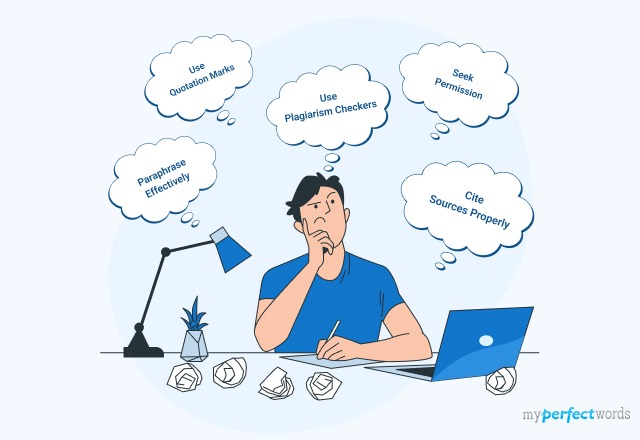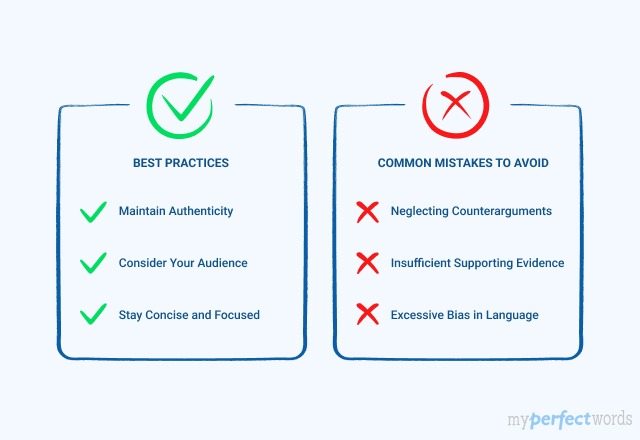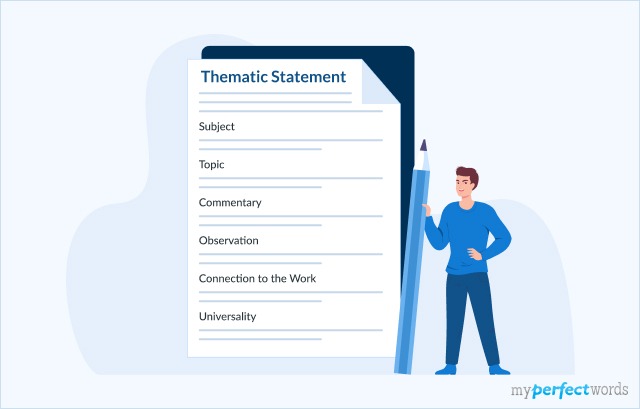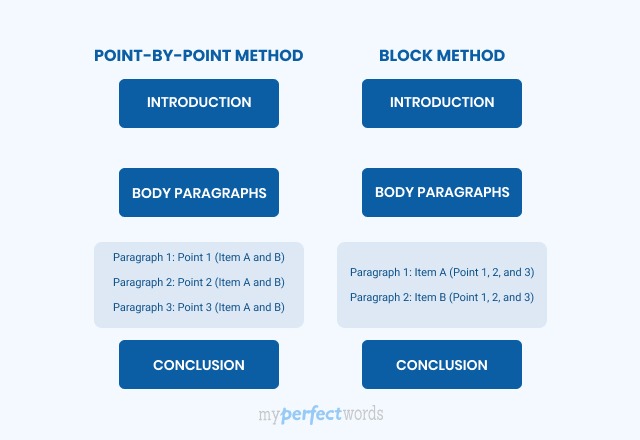What is Character Analysis
This type of analytical essay involves examining the traits, motivations, behaviors, and development of a character within a story or literary work.
Its purpose is to deeply understand and interpret the complexities of a character, going beyond surface-level descriptions.
Purpose of a Character Analysis
The key objectives of character analysis are:
- Understanding Depth: It aims to uncover the layers of a character's personality, motivations, and emotions to comprehend their role in the story comprehensively.
- Exploring Development: It involves tracking the character's journey throughout the narrative, identifying changes in their beliefs, attitudes, or actions.
- Identifying Motivations: Character analysis seeks to unearth the driving forces behind a character's choices, behaviors, and relationships within the story.
- Relating to Themes: Dissecting characters helps in exploring and understanding the themes, messages, and conflicts within the story.
- Enhancing Engagement: It encourages readers or students to engage more deeply with the narrative, fostering empathy and connection with the characters.
- Interpreting Author's Intentions: It aids in deciphering the author's purpose in creating specific characters, adding depth to the understanding of the literary work.
How to Write Character Analysis
Writing a good character analysis goes beyond just describing how a character looks or acts. It's like peeking into their thoughts, and feelings, and how they change as the story goes on.
Here are some steps you can follow to write a compelling character analysis;
Step 1: Choose a Character
When you pick a character to study, think if they change or if they stay the same throughout. Each character type brings its significance to the story.
When analyzing characters, knowing their type helps in understanding their roles, motivations, and impact on the narrative.
Here are different types of characters you can encounter:
Character Type | Description |
| Protagonist | The central character drives the story forward, often facing conflicts and challenges. |
| Antagonist | Opposing force or character to the protagonist creates tension and obstacles in the narrative. |
| Foil | Characters whose traits contrast with the protagonist's, highlighting specific qualities through comparison. |
| Dynamic Character | Characters undergo significant changes, growth, or development throughout the story. |
| Static Character | Characters who remain unchanged or exhibit minimal development from start to finish. |
| Flat Character | Characters with limited depth, often serving specific purposes or embodying one or two traits. |
| Stock Character | Characters embody stereotypes or archetypes commonly found in literature. |
| Symbolic/Allegorical Character | Characters represent abstract ideas, themes, or concepts rather than individual personalities. |
| Comic Relief Character | Characters are introduced to provide humor or lighten the mood in a story. |
| Tragic Hero | The protagonist with admirable qualities faces a downfall due to a tragic flaw. |
| Byronic Hero | Complex characters with conflicting traits like charisma and deep flaws. |
Need help analysing? Our essay writing help can do deep character analysis or your essays!
Step 2: Gather Information
Gathering information is crucial for character analysis because it helps us understand the character better. By knowing about their physical attributes, personality traits, and what they do in the story to move the plot, we can identify the character better.
Look at the example of Harry Potter, the protagonist in J.K. Rowling’s Harry Potter series:
In J.K. Rowling's 'Harry Potter’ series, the protagonist, Harry Potter, stands out with his distinctive appearance—messy black hair and round glasses. His bravery and loyalty drive his actions, as seen in his daring confrontations with dark forces and unwavering defense of friends like Hermione and Ron. As 'the chosen one' fighting against Voldemort, Harry's role is crucial, symbolizing bravery, friendship, and resilience in the battle between good and evil. |
Step 3: Outline Your Analysis
Create a structured plan for your character analysis essay. Begin with an engaging introduction, introducing the character and their significance.
Proceed to discuss the character's development throughout the story and their interactions with other characters in the story.
Here is a basic outline structure you can follow for your essay:
1. Introduction
2. Description and Background
3. Character's Role and Actions
4. Character Development
5. Analysis and Interpretation
6. Supporting Evidence
7. Conclusion
|
Here is a template you can look at to understand the structure and flow of the analysis essay:
Step 4: Support with Evidence
While analyzing characters, substantiate your observations with evidence from the text.
Quotes, descriptions, or scenes that depict the character's actions or character relationships provide strong evidence for your analysis.
Let’s take a look at the example below of a character analysis of Hamlet:
In Shakespeare's "Hamlet," evidence from Act 1, Scene 2 reveals Hamlet's deep grief over his father's death: "O, that this too too solid flesh would melt, / Thaw, and resolve itself into a dew!" This quote showcases his profound despair. Similarly, in Act 3, Scene 1, his soliloquy "To be, or not to be: that is the question," reflects his philosophical contemplation and inner struggle. Furthermore, Hamlet's strained relationship with Queen Gertrude and his conflicted emotions towards Ophelia add depth to his character. His confrontation with Gertrude in Act 3, Scene 4 highlights his feelings of betrayal and mistrust. These instances from the text underline Hamlet's complex emotions, shaping the play's themes of revenge, madness, and moral ambiguity. |
Step 5: Analyze, Don't Summarize
Remember, your goal is to analyze the character, not summarize the plot. Focus on interpreting their actions, decisions, and the types of characters they represent.
Let’s take a look at the example of character analysis of ‘Waiting for Godot’:
In Samuel Beckett's "Waiting for Godot," Vladimir (Didi) and Estragon (Gogo) represent contrasting yet interdependent personas. Vladimir, more contemplative, questions existence and sustains hope while waiting. Estragon, impulsive and focused on immediate needs, relies on Vladimir. Their dialogues explore existential themes, embodying different aspects of human nature. Vladimir reflects introspection, while Estragon represents survival in the present. Together, they symbolize the human experience, delving into themes of hope, despair, and the search for meaning in an ambiguous world. |
Step 6: Incorporate Critical Perspectives
Consider different interpretations of the character. Acknowledge how their character development influences the story's themes and the author's intentions for including them.
The character analysis of Joseph Andrews is a great example of understanding this factor:
In Henry Fielding's "Joseph Andrews," the character Joseph embodies unwavering virtue and moral integrity. His contrast with morally flawed characters exposes societal vices. Joseph's resistance to Lady Booby's advances challenges social hierarchies and emphasizes his moral strength. His character critiques societal norms, advocating for true virtue amid moral decay. Fielding deliberately portrays Joseph as a beacon of morality to critique societal flaws and champion virtue in the era. |
Step 7: Write Your Character Analysis
Craft your analysis into a structured and coherent essay. Ensure your analysis contributes to a broader literary analysis of the work.
Here are some tips to help you:
- Avoid summarizing the plot extensively. Concentrate on interpreting the character's traits, actions, and their significance within the story.
- Contextualize your analysis within the broader themes or messages of the literary work.
Step 8: Conclusion
Conclude your analysis by summarizing the character's evolution, the impact of their character traits on the story, and their significance to the overall narrative.
Let’s take a look at the conclusion in the character analysis of Kurtz in Heart of Darkness:
In Joseph Conrad's "Heart of Darkness," Kurtz's evolution from a revered figure to a symbol of primal darkness epitomizes the corrupting influence of power. His traits—intelligence, charisma, and ambition—distort in the wilderness, reflecting the allure and peril of absolute power. Kurtz embodies humanity's dual nature, impacting themes of imperialism and the clash between civilization and wilderness profoundly. Ultimately, Kurtz's character warns of the fragility of morality in the face of power, representing the conflict between civilization and primal instincts. His significance lies in reflecting the complexities of human nature and the innate darkness within us all. Through Kurtz, Conrad prompts reflection on the human condition and the darkness lurking within. |
Step 9 - Proofread and Refine
Though conclusions mark the end of an essay, it is considered a good practice to proofread. This step ensures the quality and readability of your essay.
Here are some tips to help you proofread and refine:
- Look for unclear or difficult sentences that might confuse the reader.
- Double-check formatting guidelines, citation styles, and bibliography entries if applicable.
- Correct any grammatical errors, punctuation mistakes, or spelling issues.
- Check that the quotes or scenes you've mentioned actually support your ideas.
Character Analysis Example
Examples of character analyses offer valuable insights into structuring an essay. They help to demonstrate how to organize thoughts systematically, from the introduction to the conclusion:
Let’s take a look at the character analysis of Oedipus Rex:
In Sophocles' "Oedipus Rex," the titular character, Oedipus, embodies a tragic hero whose fate is intricately intertwined with prophecy and destiny. Oedipus, initially revered as a wise and just ruler, undergoes a profound transformation as the story unfolds. At the beginning of the play, Oedipus is portrayed as a confident and determined king, revered for his intelligence and decisiveness. His relentless pursuit of truth and justice, exemplified by his vow to solve the mystery of King Laius' murder, showcases his unwavering resolve and commitment to his people. However, as the plot unravels, Oedipus' character evolves drastically. His relentless pursuit of truth leads to the tragic realization of his prophecy—unwittingly fulfilling the grim destiny of killing his father and marrying his mother. This realization shatters Oedipus, revealing his tragic flaw of hubris or excessive pride. Oedipus' character represents the inevitability of fate and the limits of human agency. His downfall illustrates the complexities of human nature and the inescapable grip of destiny, despite one's noble intentions. Through Oedipus, Sophocles crafts a character whose tragic journey is a cautionary tale, highlighting the fragile balance between fate and free will. Oedipus' significance lies in embodying the universal themes of destiny, pride, and the tragic consequences of unchecked ambition. |
Let’s take a look at some more examples:
Tips for Writing a Character Analysis
Here are some tips that can help you improve your analysis:
- Focus on Subtleties: Pay attention to subtle character traits, gestures, or speech patterns that reveal deeper insights into the character's personality.
- Contextual Analysis: Consider the character within the context of their environment, era, or social background to understand how these factors shape their actions and beliefs.
- Contrast and Compare: Compare the character with others in the story to highlight unique attributes or to showcase how they contrast with different personalities.
- Symbolism and Imagery: Explore any symbolic elements or imagery associated with the character, as these can often convey deeper meanings or themes.
- Evolution over Time: Analyze how the character evolves or changes throughout the narrative, focusing on pivotal moments that drive their development.
- Impact on Plot Development: Highlight the character's role in advancing the story, influencing other characters, or triggering significant events.
- Narrative Perspective: Consider how the character's portrayal might differ based on the narrator's perspective or point of view.
So, there you have it!
By now you must have gotten an idea of how to write a character analysis.
By following these steps and tips, you'll grasp how to craft a thorough character analysis. You'll be able to understand and explain the complexities of the character effectively.
However; if you need to get writing help, our professionals are here to help you save time and effort.












-10652.jpg)




